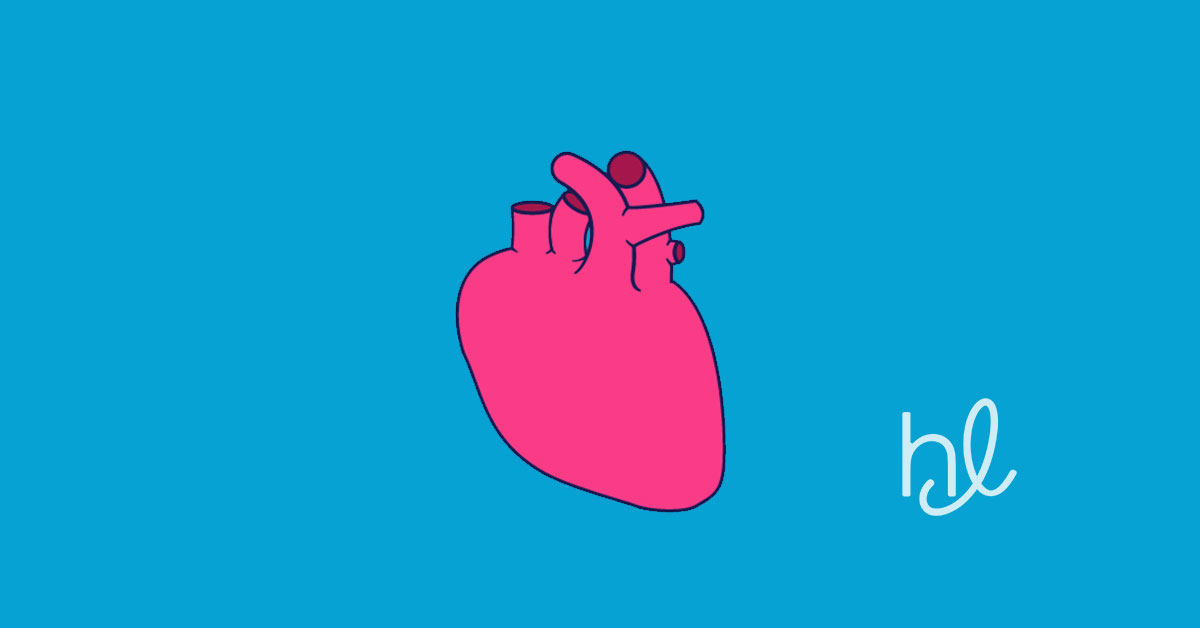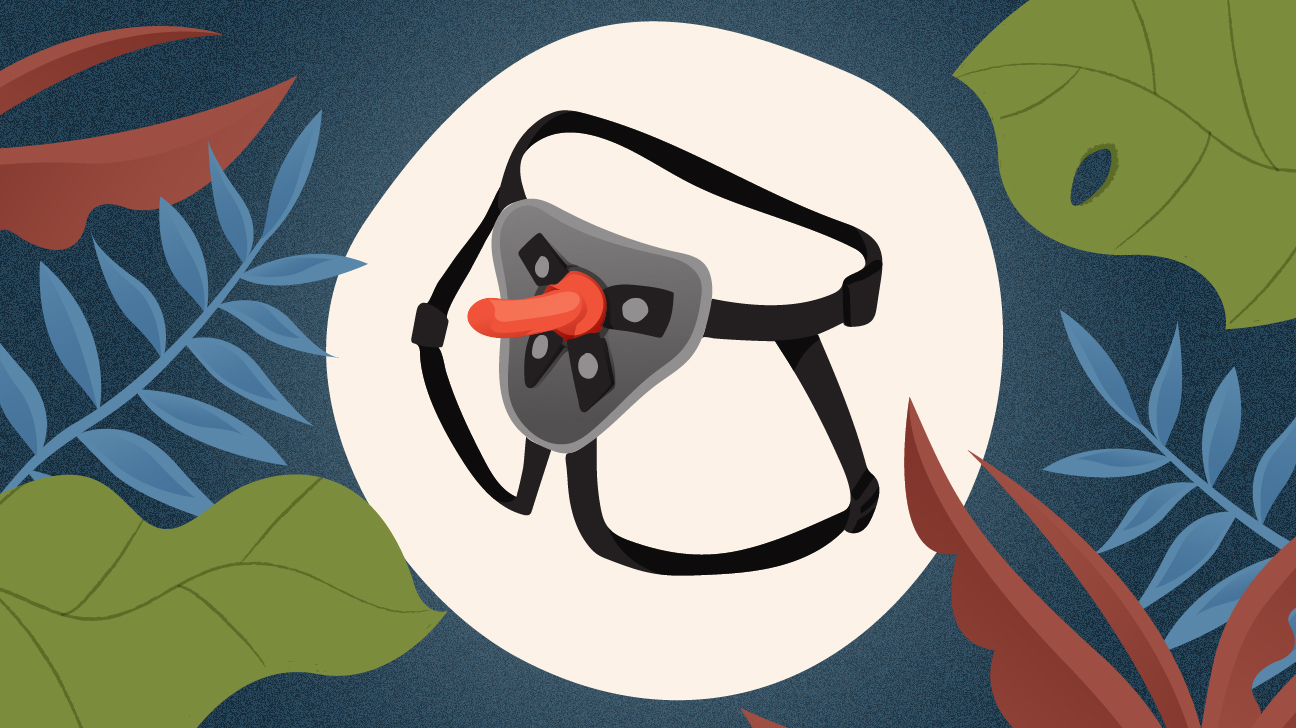Tattoo Removal: How to, Costs, Before and After Pictures & More

People get tattoos for many reasons, be it cultural, personal, or simply because they like the design. Tattoos are becoming more mainstream, too, with face tattoos even growing in popularity.
Just as there are many reasons people get tattoos, there are many reasons why people may want to remove them.
Although tattoos are permanent, this is only to an extent. They can be removed if you decide you no longer want them.
Let's take a look at the ways you can remove a tattoo, including cost, how long it'll take, and more.
Older tattoos as well as amateur ('stick and poke') tattoos are easier to remove than newer ones.
Some colors are easier to remove than others as well. These include:
- black
- brown
- dark blue
- green
Larger, darker, more colorful tattoos are more time-consuming and expensive to remove than smaller, lighter, and less colorful ones.
Due to the risk of side effects, it's also more difficult to remove tattoos if you have:
- darker skin
- a preexisting skin condition, like eczema
- a health condition that affects the skin, such as herpes
However, this doesn't mean you can't remove your tattoo if any of this applies to you. It just means you may need to take a bit more time to find the best removal option for you.
Your healthcare provider can also help you if you have a health condition. For example, they can prescribe antiviral medications to prevent a tattoo removal procedure from triggering a herpes flare-up. They can also refer you to a dermatologist for further guidance.
Most experts consider laser removal to be the most successful and cost-effective way to remove tattoos.
Today, most tattoos are removed with a Q-switched laser. It sends out energy in one strong pulse. This pulse of energy heats up the ink in your skin to dissolve it.
You'll need to receive a number of laser treatments over several weeks or longer to remove your tattoo.
Often, lasers don't completely remove a tattoo. Instead, they lighten or fade it so it's much less noticeable.
Who should get laser removal?
Tattoos with many colors are more difficult to remove. They might require treatment with different lasers and wavelengths to be effective.
The best candidates for traditional laser removal are those with lighter skin. This is because laser treatment can change the color of darker skin.
If you have darker skin, your best laser option is Q-switched Nd:YAG laser treatment. It's least likely to change the color of darker skin.
Older tattoos tend to fade most with laser treatment. Newer tattoos are more difficult to remove.
How much does it cost?
The cost of laser tattoo removal depends on the size, color, and age of your tattoo.
According to the American Society for Aesthetic Plastic Surgery, the national average cost of laser removal is $463.
Tattoo removal isn't covered by most insurance companies because it's considered to be a cosmetic procedure.
What's laser removal like?
You can get laser tattoo removal at an aesthetic clinic. A laser technician will numb the tattooed skin with a local anesthetic. Next, they'll apply the laser to the skin. The skin may bleed, blister, and swell following each procedure.
This process is repeated over multiple sessions until you're happy with the extent to which your tattoo has faded.
The average course of treatment varies greatly from person to person. In general, it takes about six to eight sessions to remove a tattoo with laser treatment. You'll have to wait six to eight weeks between sessions for best results.
Aftercare
Your technician will give you specific aftercare instructions.
In general, apply antibacterial ointment to your skin for several days following each procedure. The ointment will help heal your skin and reduce the risk of infection. Change the wound dressing each time you apply the ointment.
For at least the next two weeks:
- Keep the treated area clean and dry.
- Avoid wearing tight clothing.
- Avoid exposing the treated area to direct sunlight.
- Don't pick at any scabs or blisters that form.
Scarring and other risks
Some people experience scarring. To reduce your risk for scarring, don't pick at the area as it heals. Also, be sure to follow your provider's instructions and recommendations.
Surgical removal, also called excision tattoo removal, involves cutting off tattooed skin and stitching remaining skin back together.
Surgical removal is the most invasive method of tattoo removal. However, it's the only surefire method of completely removing a tattoo.
Who should get surgical removal?
Surgical removal is a very effective method for getting rid of an unwanted tattoo. It's often less expensive than some of the other options. However, surgical removal will leave a scar, so it's usually preferred for small tattoos.
How much does it cost?
The cost of surgical tattoo removal tends to be lower than laser removal and dermabrasion.
Depending on the size of the tattoo, surgical removal may range between $150 and $350, according to St. Joseph's Plastic Surgery Center.
Because tattoo removal is considered a cosmetic procedure, insurance doesn't usually cover it.
What's surgical removal like?
The procedure can be done in a plastic surgery office. During the procedure, a surgeon will inject your skin with a local anesthetic so you don't feel pain.
They'll use a sharp, knifelike instrument called a scalpel to cut away the tattooed skin. Then, they'll stitch the remaining skin back together.
Surgery to remove a tattoo may take one to several hours, depending on the tattoo's size and the surgeon's repair method. It usually takes several weeks for the site of your tattoo removal to heal.
Aftercare
Your surgeon will give you specific aftercare instructions.
In general, apply the prescribed or recommended ointment for several days after the procedure to help heal your skin and avoid risk of infection. Keep the site clean and out of the sun for at least two weeks.
Scarring and other risks
Everyone who chooses surgical tattoo removal experiences scarring. However, you can reduce the risk of severe scarring.
Be sure to follow your surgeon's aftercare instructions for best results. Don't pick at the site, and avoid strenuous activities that put tension on the area immediately after surgery.
Dermabrasion involves using a sanding device to remove layers of skin to allow ink to leach out.
Dermabrasion is a less common tattoo removal option. Its efficacy varies widely from person to person. It can sometimes remove most of an existing tattoo.
Who should get dermabrasion?
Dermabrasion isn't recommended for people with sensitive skin or skin conditions like eczema.
Blood thinners may put you at risk for bleeding, bruising, and changes in your skin color if you receive dermabrasion.
People with darker skin may be at a greater risk for skin pigment changes.
How much does it cost?
The cost of dermabrasion varies depending on the size and coloring of your tattoo.
According to the American Society for Dermatologic Surgery, the total cost for dermabrasion can range from several hundred to thousands of dollars. Keep in mind that this figure refers to all treatments needed to completely remove the tattoo.
What's dermabrasion like?
During a typical dermabrasion session, a clinician will chill or numb your skin with a local anesthetic to reduce any pain. They'll use a high-speed rotating abrasive device that sands off the top layers of the skin to let tattoo ink escape.
Dermabrasion is usually done during one procedure at a cosmetic surgeon's office. The length of time the procedure takes depends on the size and color of your tattoo.
Larger tattoos with many colors may take more than an hour to treat.
Aftercare
Your clinician may recommend applying an antibacterial cream to the treated site as it heals to avoid infection and reduce scarring.
The treated area will likely feel painful and raw for several days after the procedure. Your skin may look red or pink during this period.
Full recovery can take two to three weeks. The pinkness of the treated area usually fades in 8 to 12 weeks.
Your clinician may also advise you to:
- Avoid direct sunlight for three to six months after the procedure.
- Apply sunscreen to the site every time you're outside.
- Avoid wearing tight clothing on the site until it heals.
- Avoid soaking the site in water as it heals.
Scarring and other risks
Some people experience scarring from dermabrasion treatments. You can reduce scarring by:
- using the prescribed ointments
- wearing sunscreen
- avoiding the sun
- using anti-scarring oils and creams, after the treatment site has fully healed
After treatment, dermabrasion may cause:
- changes in skin color, such as lightening, darkening, or blotchiness
- infection
- redness, swelling, and bleeding
- scarring from poorly done dermabrasion
To prevent these complications, be sure to follow your clinician's aftercare instructions. Make sure the clinician has proper licensing and good reviews, too.
Tattoo removal creams are the most widely available and least expensive option. There's a reason why: There's no solid evidence that they work.
According to experts and anecdotal evidence, the best these creams do is fade or lighten a tattoo.
Due to the high risk of skin irritation and allergic reaction, experts don't recommend using DIY tattoo removal creams to get rid of your tattoo.
Another option is to cover the unwanted tattoo with another tattoo. This is known as the cover-up method.
Yes, it involves adding more permanent ink to your skin, but it can be used to mask a tattoo that you no longer want.
Who should use the cover-up method?
A cover-up can be a cost-effective, quick option for disguising the tattoo you already have. This method is a good option if you don't like the design of your tattoo but wouldn't mind another tattoo.
How much does it cost?
If you already have tattoos, you're probably familiar with your local tattoo artists' fees.
According to tattoo artists Healthline spoke with, a small tattoo can start off at around $80. Larger, more time-consuming pieces can run into the thousands.
Since cover-up tattoos often take more planning and time to ink onto your skin, they may cost more than your original tattoo.
What's the cover-up method like?
When you ask a tattoo artist to do a cover-up, they'll work with you to design a tattoo that can be used to hide what you already have.
This may involve creating a design with heavier lines, more shading, or unique shapes. Many tattoo artists are quite skilled at creating new designs to hide unwanted tattoos.
After you agree on a design, your tattoo artist will apply the cover-up just as they did your original tattoo.
Tattoos can take minutes to hours to days to finish, depending on the size and detail.
Aftercare
Your tattoo artist will give you instructions on caring for your new tattoo. They'll also tell you how long to wait before taking off the bandage.
In general, you'll gently wash the tattoo with unscented, mild soap three times a day — without soaking — for the first three days after you remove the bandage. After washing, pat-dry your tattoo.
After those few days, you can wash your tattoo once a day and apply unscented lotion to the tattoo twice a day.
It's easier said than done, but resist picking or scrubbing off the flakes of skin on your healing tattoo. If the tattoo gets very dry or itchy, apply a thin layer of unscented lotion to get some relief.
Avoid swimming, sun exposure, and tight clothing, which may stick to your cover-up. Within a few weeks, your tattoo should be completely healed.
Scarring and other risks
It's important to get your cover-up and any tattoo from a licensed tattoo artist in a clean, sterile tattoo shop that doesn't have a history of health violations.
Make sure your tattoo artist is wearing gloves and using sterilized equipment. Read reviews before booking your appointment. If you have any concerns or questions, don't hesitate to ask your tattoo artist.
Most people don't experience problems other than some soreness and redness after tattooing. It's also normal to experience some itching during the healing process.
However, every tattoo comes with risks. These include:
- Allergic reactions. Some people are allergic to certain colored dyes — in particular, green, yellow, and blue dyes. These reactions may happen years after getting the tattoo.
- Blood-borne diseases. Unsterilized tattoo equipment may transmit Methicillin-resistant Staphylococcus aureus (MRSA) or hepatitis. Although uncommon in modern tattoo shops, it's still something to be aware of.
- MRI complications. If your doctor requests an MRI to diagnose a health condition, you may experience pain at the tattoo site, or the tattoo may interfere with the quality of the MRI image.
- Scarring and inflammation. These can be permanent. Scarring is likely if your tattoo artist uses poor technique. Raised scar tissue, called a keloid, may also form at the tattoo site.
- Skin infections. These most often occur with poor aftercare. Watch out for these symptoms.
Tattoos are a common yet permanent body decoration. For people who no longer want a tattoo, there are different ways to remove it.
Tattoo removal methods vary in cost, efficacy, and recovery time. Knowing your options can help you make a decision about tattoo removal that's right for you and your budget.
-
 6 interesting genetic traits that children will inherit from their parents
6 interesting genetic traits that children will inherit from their parents
-
 7 effects of asparagus on child development
7 effects of asparagus on child development
-
 Does cutting blood hair for babies bring good luck?
Does cutting blood hair for babies bring good luck?
-
 The more babies eat, the higher the height they develop, especially the second kind
The more babies eat, the higher the height they develop, especially the second kind
-
 Children with chicken pox should eat to quickly recover from the disease, without leaving a deep scar?
Children with chicken pox should eat to quickly recover from the disease, without leaving a deep scar?
-
 The more food is cooked, the better it can be for health, especially the second type
The more food is cooked, the better it can be for health, especially the second type
-
 Tattoo Sunscreen and Other Sun-Safety Tips to Protect Your Body Ink
Tattoo Sunscreen and Other Sun-Safety Tips to Protect Your Body Ink
-
 Byetta: Dosage, Side Effects, Uses, and More
Byetta: Dosage, Side Effects, Uses, and More
-
 A Doctor Answers Questions About Daytimes Sleepiness
A Doctor Answers Questions About Daytimes Sleepiness
-
 Strap-on Sex 101: How to Pick Out the Right Harness and Dildo
Strap-on Sex 101: How to Pick Out the Right Harness and Dildo
-
 The body is constantly sweating: Experts reveal the surprise that few people expect
The body is constantly sweating: Experts reveal the surprise that few people expect
-
 6 foods that the kidney likes to love, the more you eat, the more healthy people should not be ignored
6 foods that the kidney likes to love, the more you eat, the more healthy people should not be ignored































